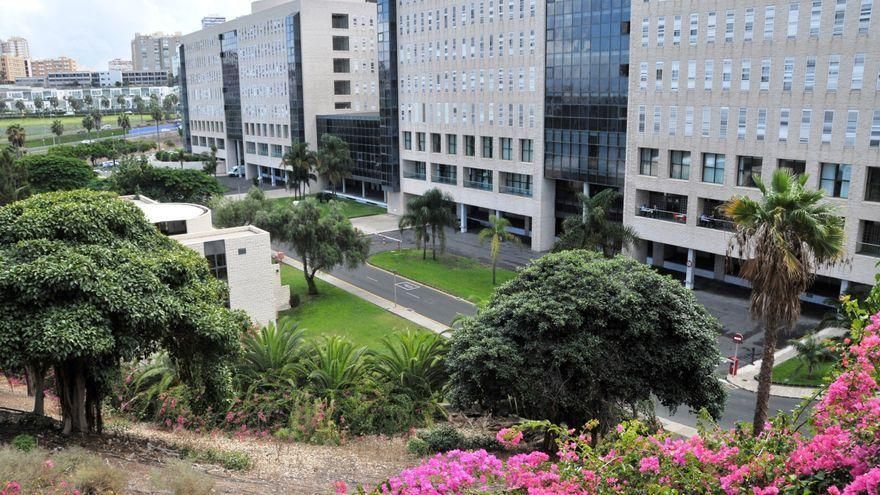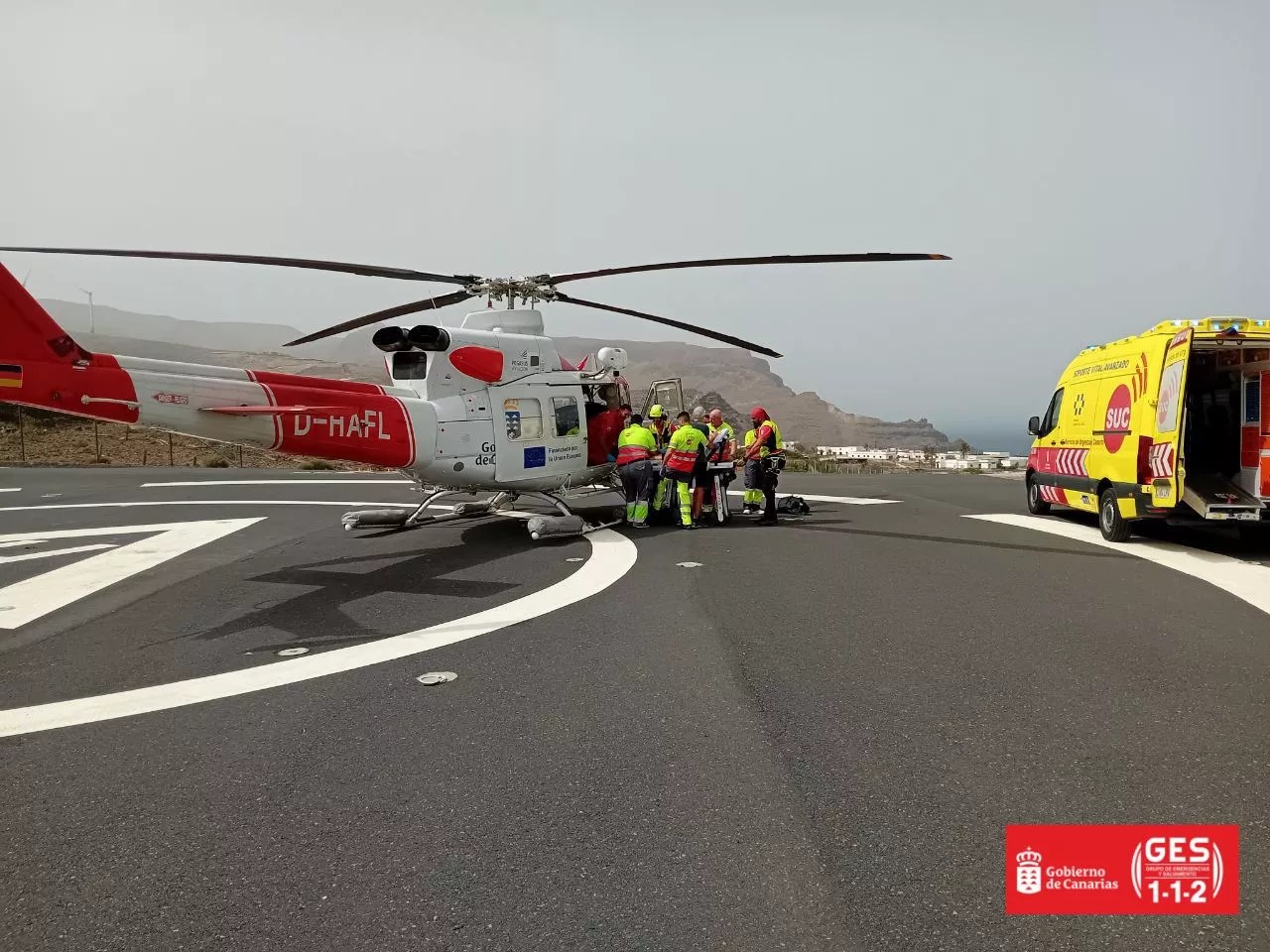
In this way, Diagnosis times are shortened of this disease since until now the national protocol indicated that it should be the National Microbiology Center of Madrid that should carry out the tests with the aim of unifying criteria. Once the virus has been sequenced and put into clinical practice, the health services of the autonomous communities can carry out diagnostic tests in laboratories that have validated the technique.
Five more confirmed cases
The Ministry of Health of the Government of the Canary Islands registers today five positive cases and four negative. In the last few hours no new study has been started for possible diagnosis of monkeypox. This means that there is a total since the beginning of the declaration of the health alert 16 confirmed cases in the Canary Islands, 11 in Gran Canaria and five in Tenerife.
Thus, the confirmed and notified cases in the Canary Islands since the beginning of the alert and until today are as follows:
-
16 confirmed cases, 11 in Gran Canaria and five in Tenerife.
-
Three probable cases pending confirmation, detected in Gran Canaria.
-
Two suspicious cases, pending confirmation, which have been detected, one in Gran Canaria and the other in Fuertentura.
-
Ten cases discarded.
The protocol of the Ministry of Health classifies cases between probable and suspected depending on whether the patient meets clinical criteria and epidemiological criteria (probable cases) or if it only presents clinical criteria and in such case it is considered a suspected case.
The Ministry of Health reminds that people who present symptoms compatible with a diagnosis of monkeypox should call 012 (928 301 012 or 922 470 012) where they will be informed of what they should do and the assistance resource to which to go. Remember that this service is in operation 24 hours a day every day of the year.
The symptoms described usually include fever, headache, muscle aches, lymphadenopathy and tiredness. Between 1 and 5 days after the onset of fever, a rash develops, often starting on the face and then spreading to other parts of the body, although it tends to be more concentrated on the face and extremities than on the body. trunk. Symptoms usually last between 2 to 4 weeks.
















